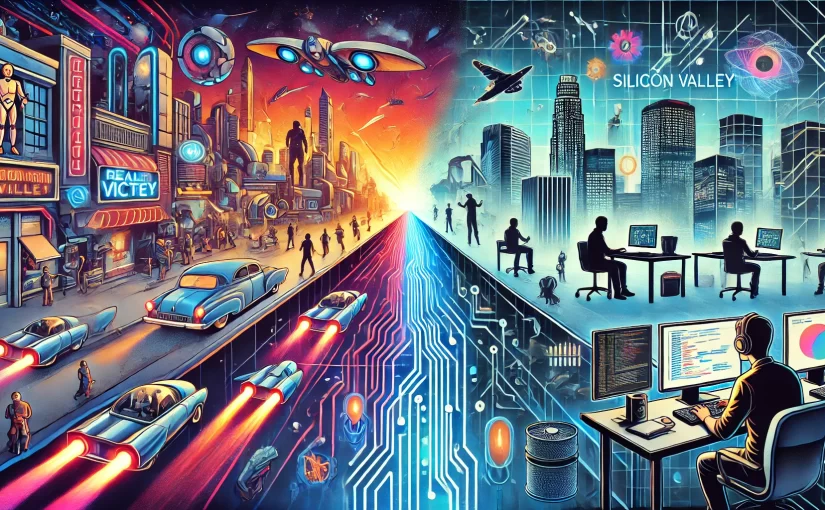The gleaming robots of Hollywood and the actual state of artificial intelligence couldn’t be more different. While science fiction has long captured imaginations with visions of conscious machines and robot overlords, today’s AI reality tells a far more nuanced story.
The AI Reality Check
Science fiction has painted dramatic pictures of AI – from the menacing Skynet to the endearing WALL-E. These portrayals typically feature fully conscious, emotionally aware machines capable of independent thought and action. However, current AI systems operate within strict parameters, excelling at specific tasks but lacking true consciousness or autonomy.
Understanding Today’s AI Capabilities
Modern AI achievements focus on narrow applications rather than general intelligence. Machine learning algorithms can master complex games and process natural language, but they don’t possess the self-awareness or emotional intelligence depicted in films. While ChatGPT can engage in conversation, it’s pattern recognition rather than true understanding driving these interactions.
The Gap Between Fiction and Fact
Several key differences separate fictional AI from reality:
– Consciousness: While movies depict self-aware AI, current systems lack genuine consciousness
– Emotional Intelligence: Real AI can recognize emotions but doesn’t genuinely feel them
– Physical Capabilities: Today’s robots are far less agile and adaptable than their fictional counterparts
– Decision Making: AI operates within programmed parameters rather than showing true autonomous judgment
Real World Applications and Limitations
Today’s AI excels in specific domains like data analysis, pattern recognition, and process automation. Healthcare AI can detect diseases in medical images with impressive accuracy. Manufacturing robots perform precise, repetitive tasks. However, these applications represent narrow intelligence rather than the general AI capabilities shown in science fiction.
Addressing Public Misconceptions
Popular media has created several persistent myths about AI:
– The immediate threat of AI takeover
– Robots replacing all human workers
– AI achieving consciousness imminently
– Machines developing human-like emotions
These misconceptions can distract from real AI challenges like bias in algorithms, data privacy, and ensuring ethical development.
The Path Forward
As AI continues evolving, the focus remains on developing reliable, ethical systems that augment human capabilities rather than replace them. Regulatory frameworks are emerging to guide responsible AI development, while researchers work to advance the technology’s capabilities within practical and ethical bounds.
Rather than the dramatic scenarios of science fiction, AI’s future likely involves steady progress in specific applications, with careful attention to safety and ethical considerations. The real story of AI may be less exciting than Hollywood’s version, but it’s no less fascinating.

